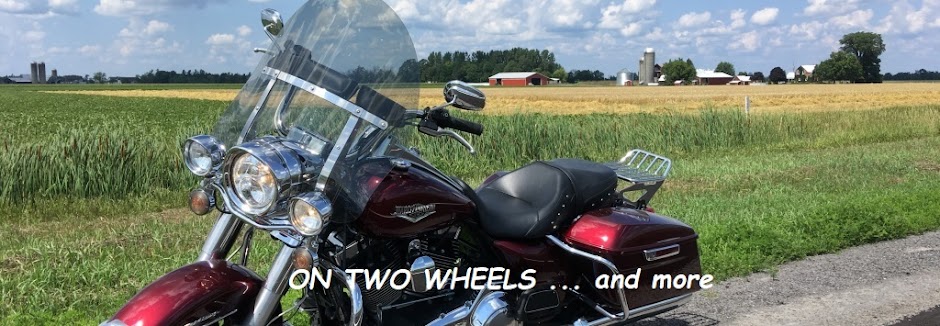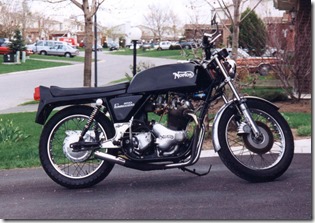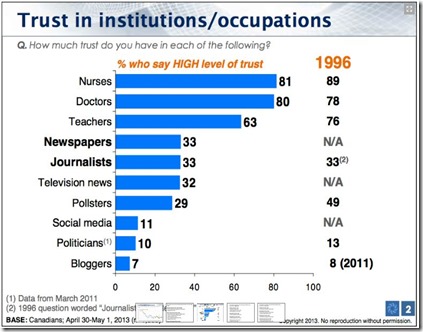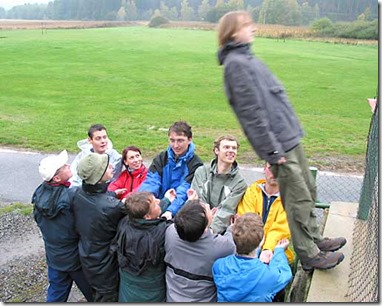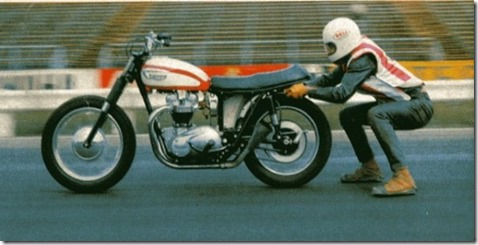Periodically I get requests to publish a guest article on some item of interest to the riding community. This time it was the folks over at Motorcycle House who asked if they could offer up a brief note on how to care for your riding chaps. These can be an expensive piece of gear so why not get the most out of them? And here’s how to do it. (Although I was sceptical about washing leather there are lots of how-to articles online so I will have to give it a try with some of my extra-buggy motorcycle wear.)
Some TLC for your motorcycle chaps
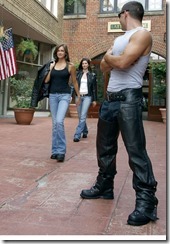 It seems the conversation these days is all about motorcycle accessories. After all if you are a bike enthusiast and in the company of your biker friends there is time only to talk about the pleasures and woes of biking. A recent conversation involved the care, or lack of it, of leather motorcycle chaps. Leather chaps are expensive and normally a one-time investment for most bikers. My friends who are bike enthusiasts often complain that their chaps (which have a hefty price tag) lose their appearance and become dry after some time. Here are a few tips to care for your chaps and give them some of the tender loving care they deserve for protecting you.
It seems the conversation these days is all about motorcycle accessories. After all if you are a bike enthusiast and in the company of your biker friends there is time only to talk about the pleasures and woes of biking. A recent conversation involved the care, or lack of it, of leather motorcycle chaps. Leather chaps are expensive and normally a one-time investment for most bikers. My friends who are bike enthusiasts often complain that their chaps (which have a hefty price tag) lose their appearance and become dry after some time. Here are a few tips to care for your chaps and give them some of the tender loving care they deserve for protecting you.Regular maintenance
While it may not be possible to put leather chaps in the wash every time you go riding it is important to clean them thoroughly. Chaps motorcycle riders wear must be cleaned, after each ride, with a damp cloth to remove all dust and debris. Even if you cannot see it with your eyes, the dust is there. So take out a cloth and first wet wipe the chaps and then wipe them dry. Using leather soap occasionally will also be a good maintenance strategy. Leather oils are available in the market that will condition the chaps and help ensure long life. Always store chaps inside-out to prevent scratches from other clothes and zippers. Air drying also helps leather, but do not expose the chaps to sunlight. Air drying should be a ‘must’ before each storage to prevent the accumulation of moisture which is very damaging to leather. Leather chaps should not be stored in a sealed bag, but must always have some breathing space.
Washing
Just like all other clothes riding chaps also need to be washed. Make sure you follow any instructions on the tag of the chaps. Leather should normally we washed on the cold cycle with the addition of a little leather soap. Mink oil is a good conditioner and can be added just the way we add softener to our clothes.
Spend a few bucks
If after one particular ride it seems like you have a few extra bucks and feel the need to treat your chaps well, use a professional service to get them cleaned. The couple of dollars you spend on dry cleaning will pay itself back with long-lasting and good-looking leather chaps you will love to wear.
If you want to learn more regarding riding gear like biker chaps, jackets, leather boots, and motorcycle saddle bags please visit www.motorcyclehouse.com
